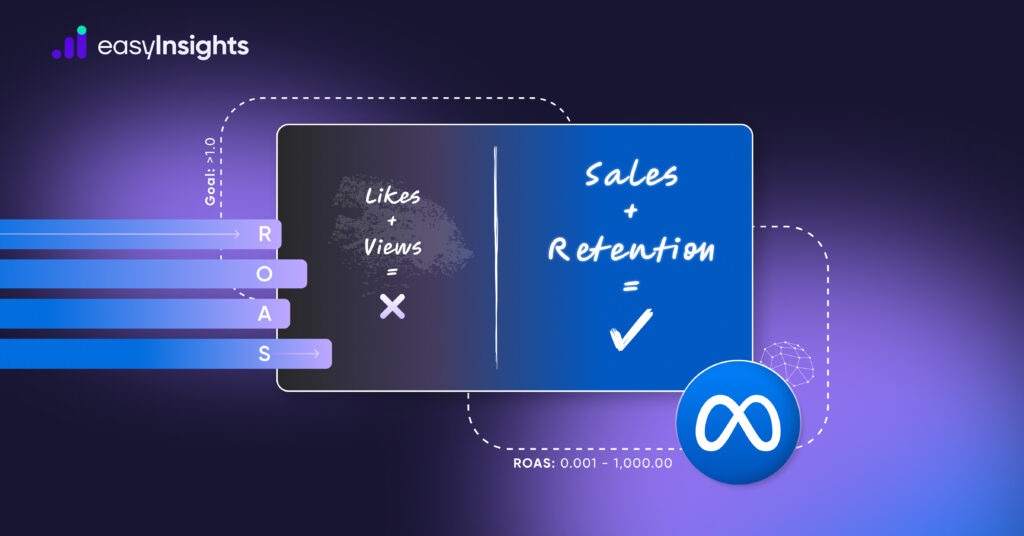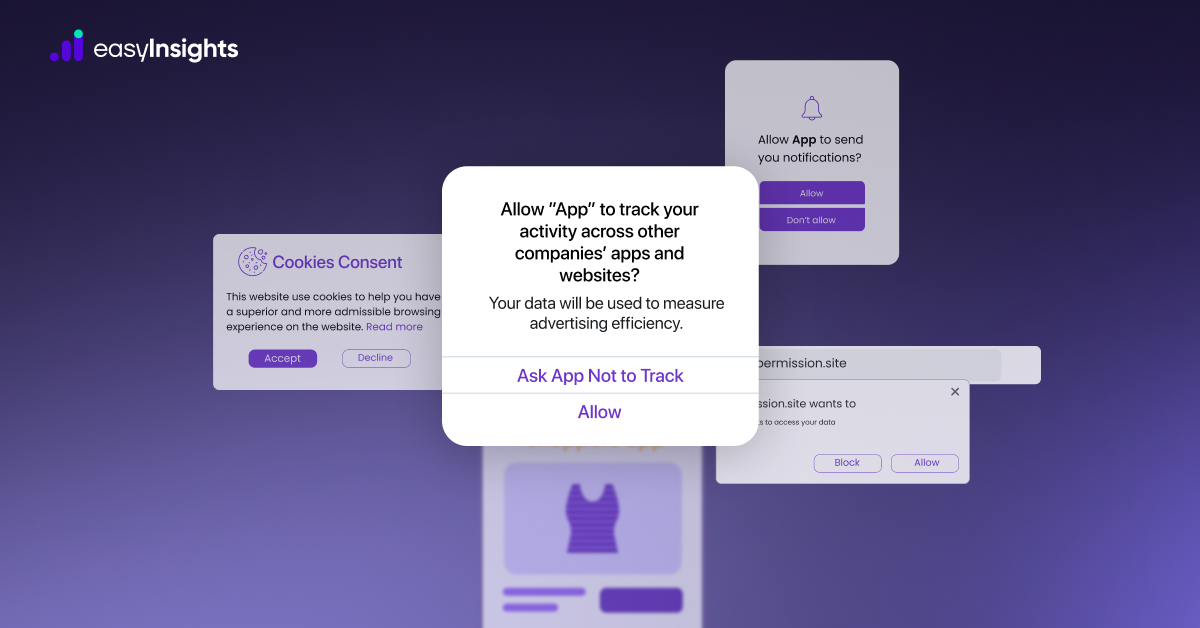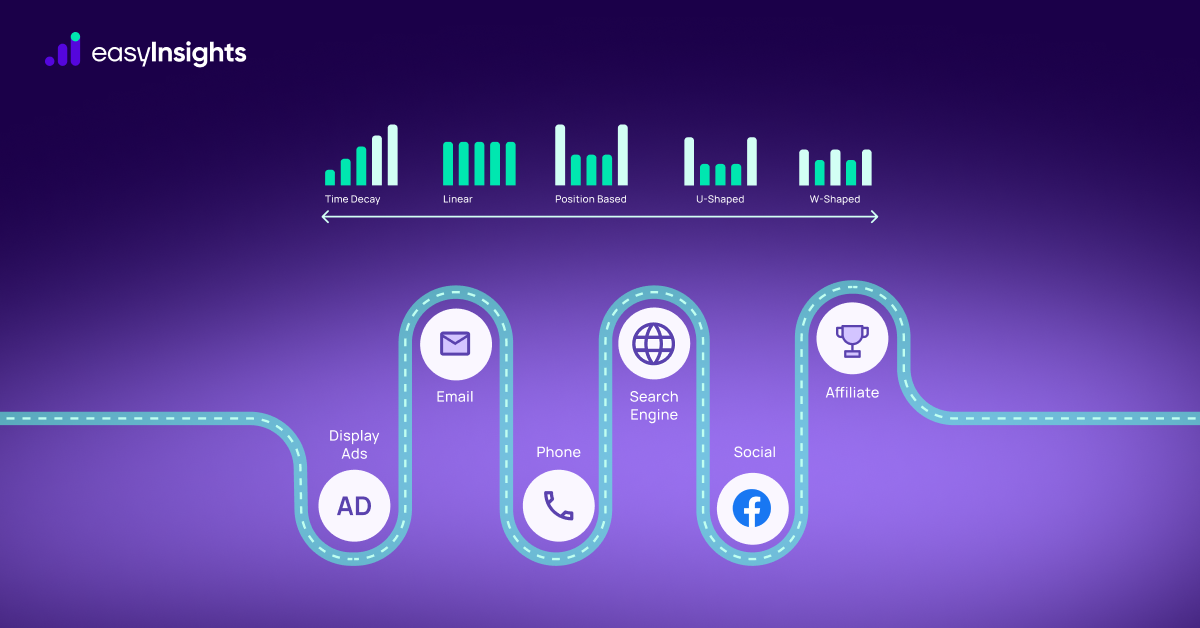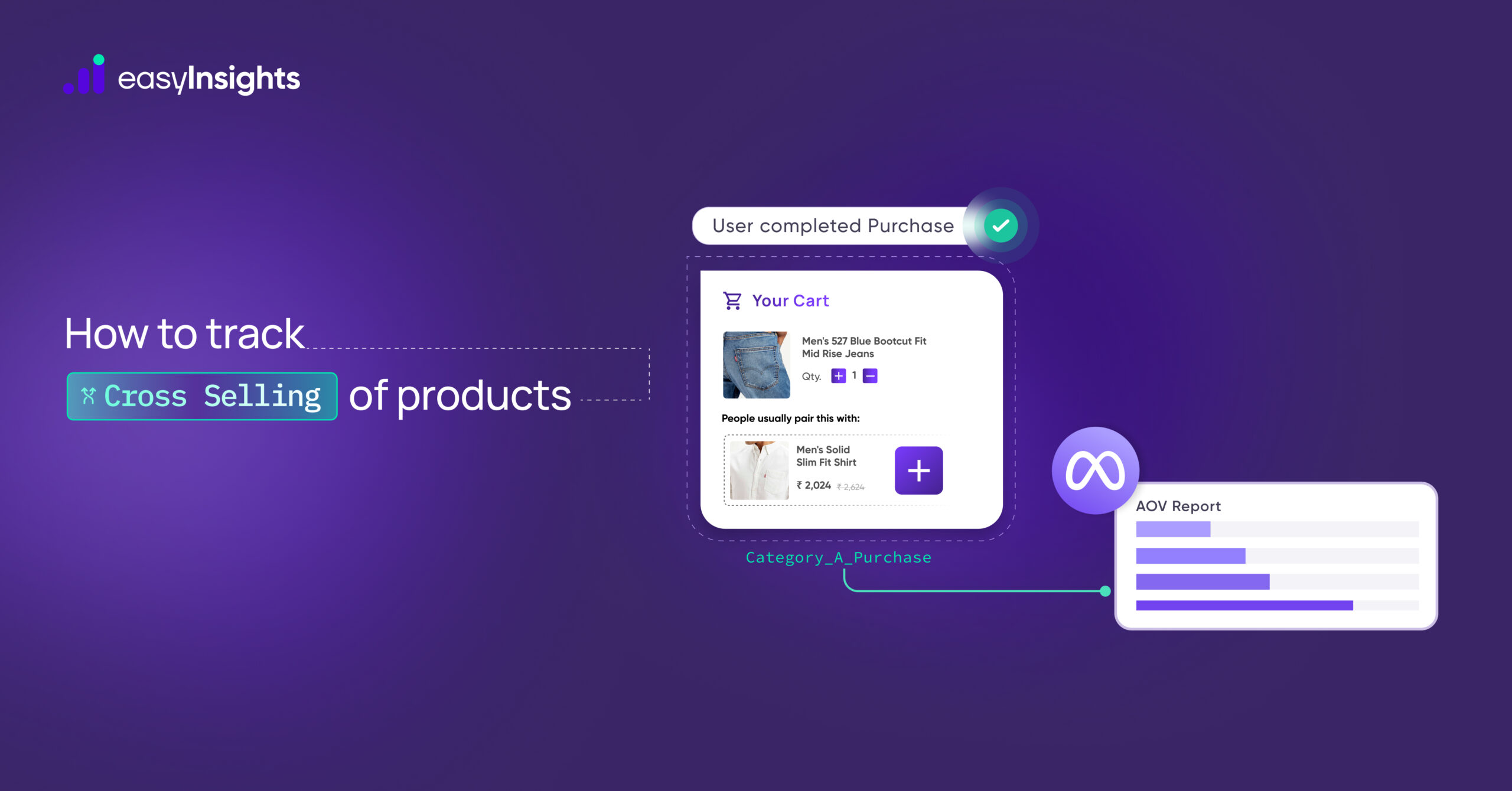
In the fast-paced world of digital advertising, the game just changed. Meta’s latest update flips the script from raw conversion volume to pure profitability. Instead of chasing every sale, the new Maximize ROAS goal tells Meta’s AI to “maximize the value of conversions relative to your ad spend,” focusing on higher-value outcomes.
In practical terms, this means campaigns will prioritize big-ticket buyers, loyal customers, or other high-return actions – not just more conversions. Ads can now optimize for any event with value (purchases, sign-ups, subscriptions, etc.), so you’re targeting profitable conversions rather than just volume. Simply put: it’s time to rethink success metrics. Your KPIs must shift from pure revenue or clicks to return on ad spend, and your bidding strategies must enforce profitability.

Jump ahead to:
What exactly changed
- Old framing: “Maximize Conversion Value” – the system aimed to get the highest aggregate conversion value (revenue) possible from an ad campaign. Facebook
- New framing: “Maximize ROAS” – the delivery goal is now explicitly about return per dollar spent, meaning the algorithm will weigh cost-versus-value more directly when choosing who to show ads to and how much to bid. This is implemented through ROAS goal controls in Meta’s ad settings. Facebook
From Conversion Value to ROAS: The Big Shift
Previously, a “Maximize Conversion Value” goal meant Meta’s system would pile on as many conversions (or as much revenue) as possible given your budget. But this can miss the mark on efficiency. Under Maximize ROAS, every conversion is weighed by its value-to-cost ratio.
- Profit-First Focus: Campaigns now optimize for value per dollar spent. In practice, Meta will favor audiences and placements that historically deliver higher ROAS.
- Higher-Value Actions: The new goal applies to any event with a value parameter. Whether it’s a first-time purchase, a subscription signup, or a key lead capture, Meta can now treat those events as profit drivers. For example, a cosmetics retailer optimized for first-time purchasers and saw a 46% jump in ROAS versus a standard new-customer campaign.
- Quality Over Quantity: Expect the algorithm to bid less on low-value conversions. Cheap clicks or small purchases matter less if they hurt your ROI. In short, you’re rewarding the system for efficiency, not just scale
Maximize Conversion Value vs. Maximize ROAS
While both goals focus on generating revenue, their approach and priorities differ significantly.
| Aspect | Maximize Conversion Value | Maximize ROAS |
| Primary Focus | Maximizes total revenue within your budget. | Maximizes the efficiency of your ad spend to hit a specific return on ad spend goal. |
| Bidding Strategy | Spends the entire budget to get the highest possible overall conversion value, regardless of the cost per conversion. | Only spend when the algorithm predicts it can meet or exceed a specific ROAS target, resulting in potentially lower spend but higher profitability. |
| Performance | Can sometimes lead to a lower return on investment because the algorithm may chase a large, high-value conversion at a very high cost. | Prioritizes conversions that are most profitable, which may lead to higher average order value and better profit margins. |
| Risk | Higher risk of overspending on less profitable conversions. | Higher risk of underspending your budget if the ROAS target is set too aggressively. |
| Use Case | Ideal for businesses focused on aggressive growth and maximizing top-line revenue. | Better for businesses with specific profitability targets or tighter margins. |
Impact of the change
This update is more than a simple name change; it represents a significant shift in how you should approach and manage your ad campaigns.
- Rethink your KPIs. If you were previously focused on achieving maximum conversions, you now need to shift your focus to profitability metrics like ROAS and average order value.
- Adapt your bidding strategy. You can choose to optimize for a target ROAS (if eligible) to manage efficiency or continue with value optimization, keeping in mind the algorithm’s new focus on profitability.
- Re-evaluate your budget. If your campaigns are not consistently hitting your ROAS targets, the algorithm may start to underspend your budget. Adjust your budget and ROAS goals accordingly to maintain consistent delivery.
- Prioritize creativity that drives profit. Your creative assets now need to work harder to generate profitable outcomes. High-quality visuals, strong offers, and clear calls-to-action are more critical than ever.
Best Practices for Setting a ROAS Goal on Meta
A ROAS (Return on Ad Spend) goal helps Meta optimize your campaigns toward a specific return value – focusing not just on revenue, but profitability.
- Define your goal: Choose a ROAS target between 0.001 and 1,000.00 based on your business objectives.
- Use historical data: Start with your average past ROAS and adjust up or down depending on campaign performance.
- Break-even benchmark: A ROAS of 1.0 means earning $1 for every $1 spent – essentially breaking even.
- Profit target: Setting a goal above 1.0 (e.g., 1.2 or 1.5) aims for profit beyond ad spend.
- Stay realistic: Unrealistic goals (like 1,000 when your typical ROAS is 1.1) can hurt performance. Start small and increase gradually as you refine targeting and creativity.
Final Thoughts
Meta’s shift to Maximize ROAS marks a new era of smarter, profit-driven advertising. The brands that will win under this model aren’t the ones spending the most – they’re the ones feeding Meta’s algorithm the right value signals. This change demands marketers to think beyond surface-level metrics and start aligning creative, targeting, and data strategy around business outcomes, not vanity numbers.
In a landscape where every impression counts toward profitability, your advantage lies in precision: knowing which conversions truly drive growth and training the algorithm to recognize them. The advertisers who adapt fastest to this ROAS-centric mindset won’t just spend better – they’ll scale smarter.
Boost your ROAS with EasyInsights – Book a demo now







